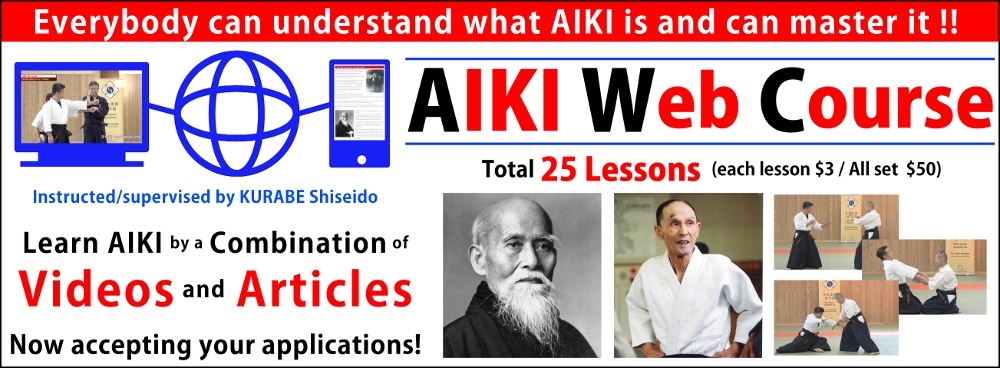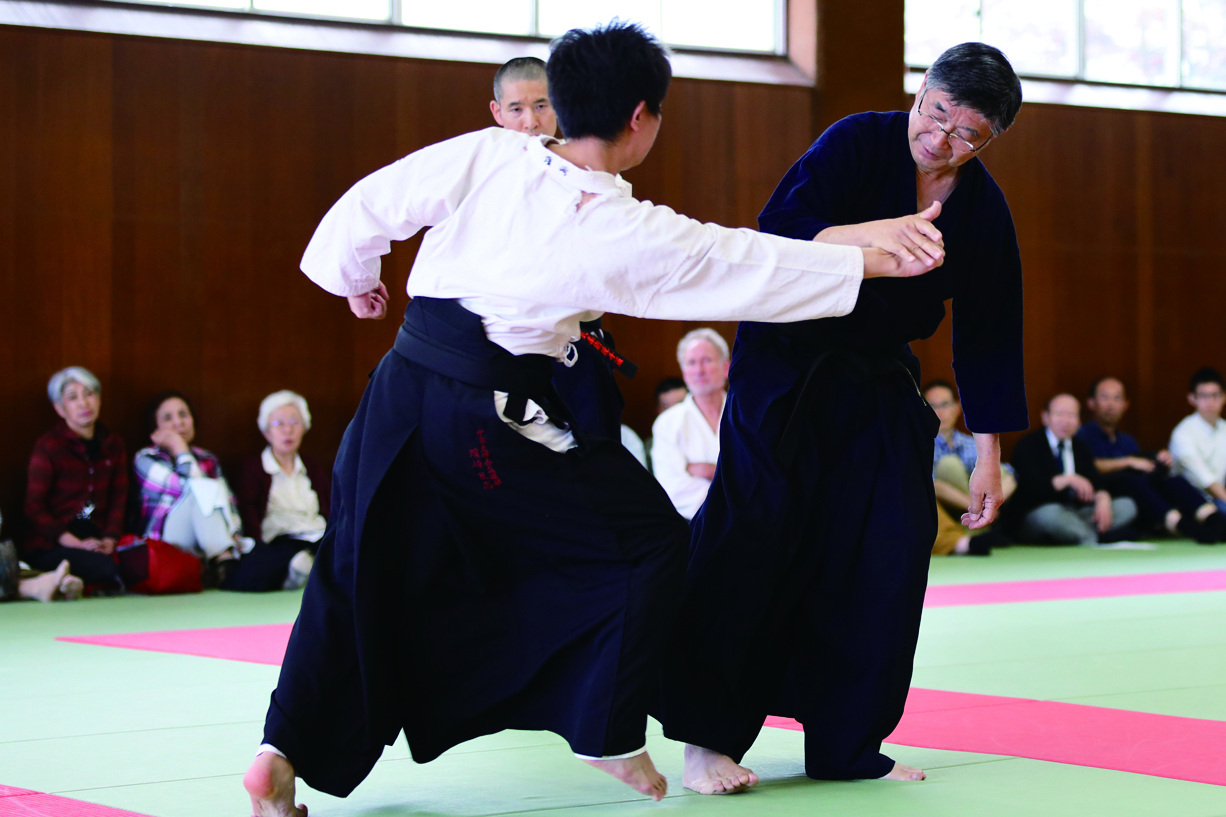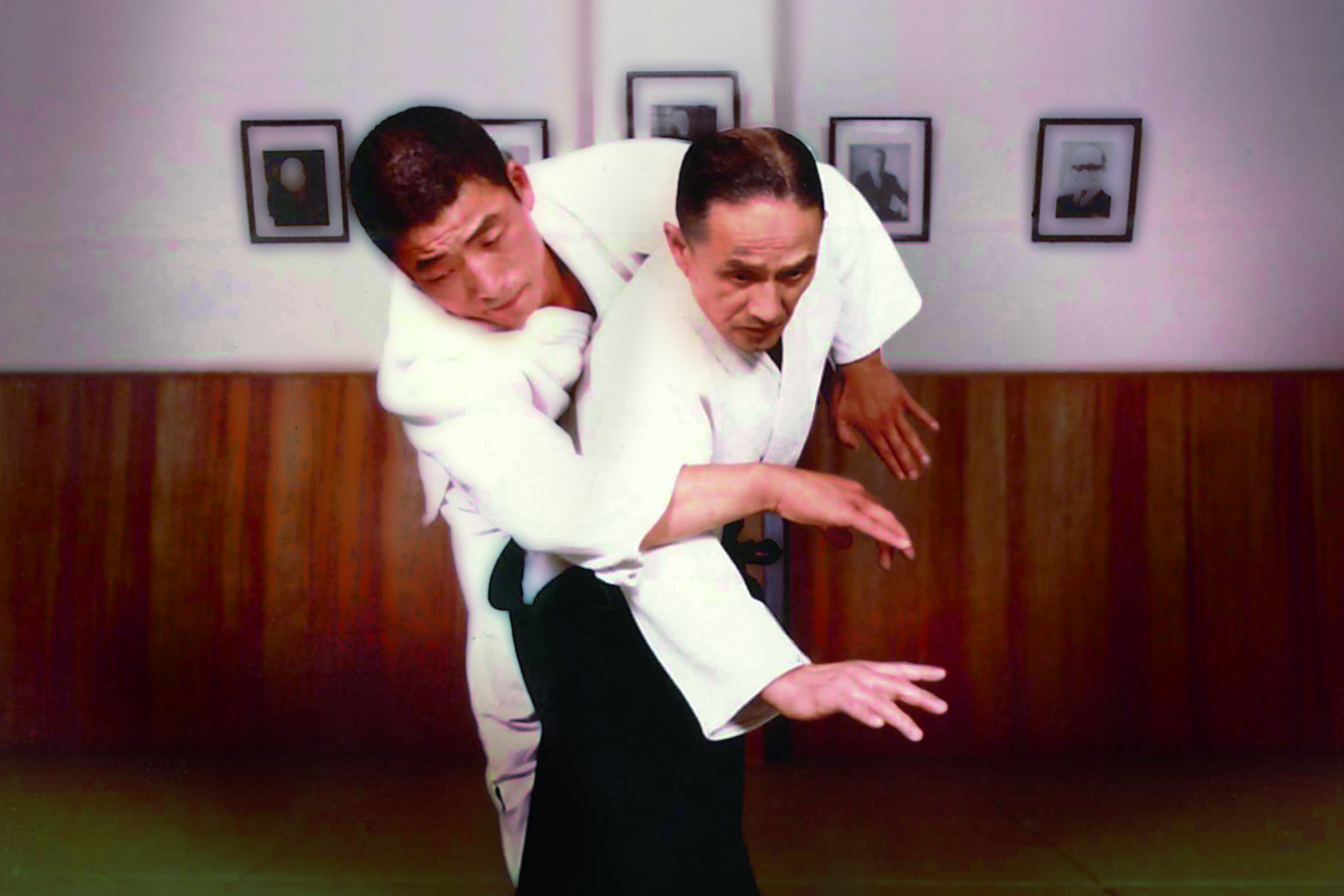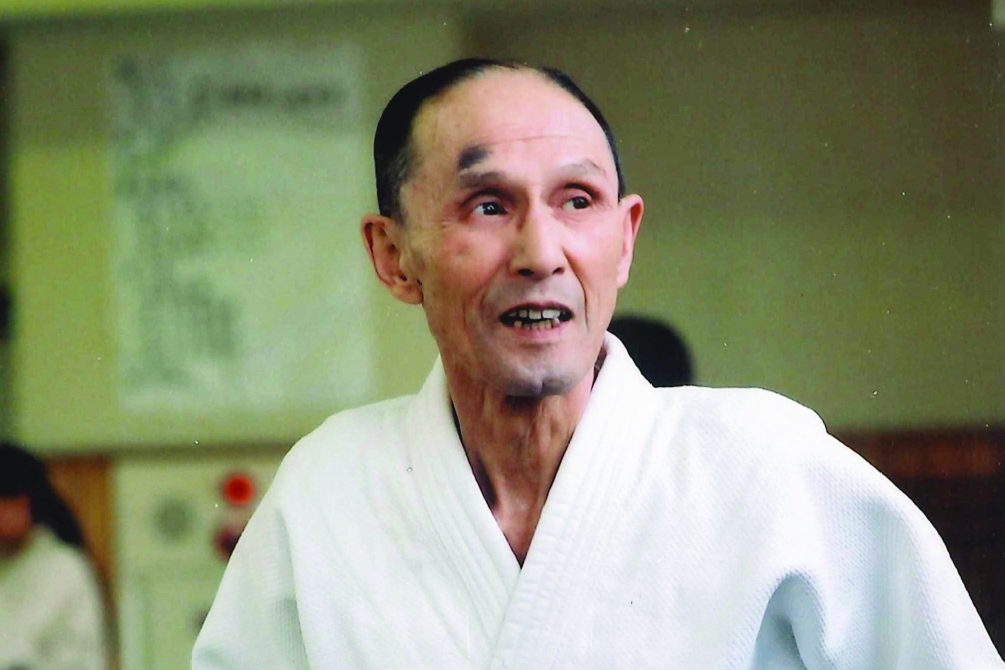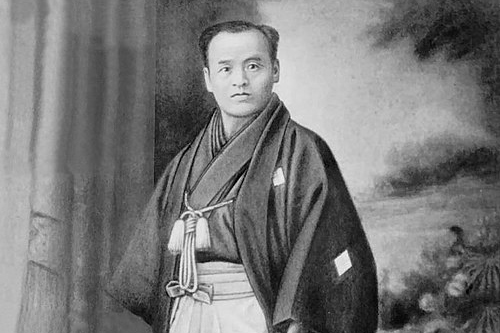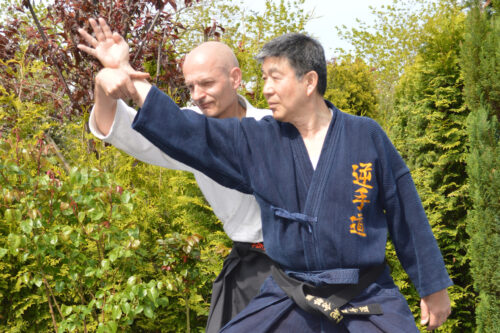» At the starting of AIKI Web Course
【AIKI Web Course Part 2】
Lesson 12 - Gyaku-te by not Using Force nor AIKI
This time, it will be a continuation of the previous lesson 11.
Last time, the point was to lower the arm without applying force to the hand you grasped.
This time, not only apply your force, but you should also make sure that the palm of your hand touches evenly to the back of your opponent’s hand.
Then, just by doing so, the back of the opponent’s hand follows the movement of your hand.
Gyaku-te by Not Using Force nor AIKI
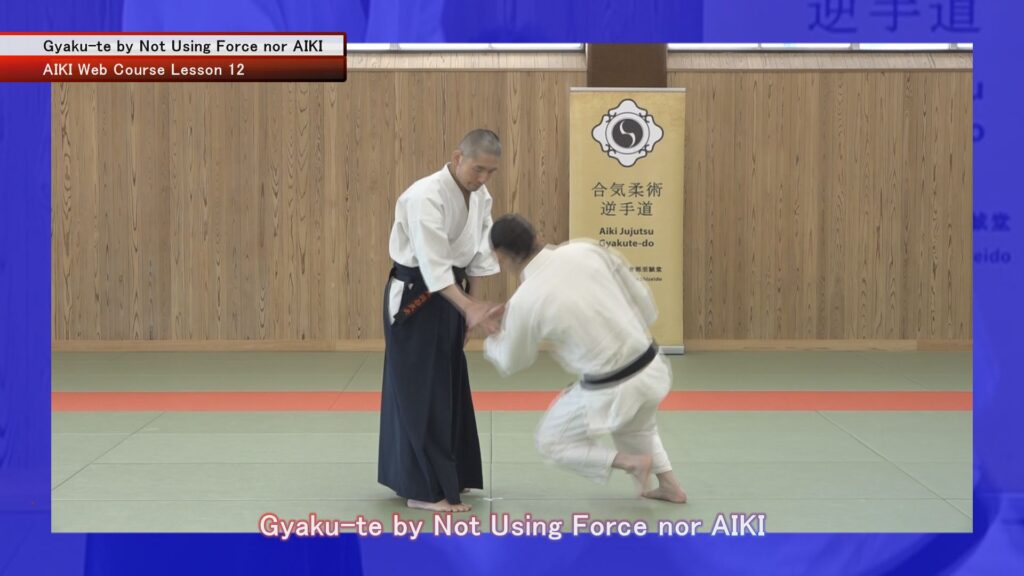
A and B stand by knees face to face.
A…Defender
B…Attacker
a・A attaches his palm of right hand to the back of B’s left hand.
b・The thumb, little finger, ring finger, and middle finger should be lightly hooked on the edge of B’s hand.
c・If you do the Kote-gaeshi movement so as not to break the crimped state, you can do the Gyaku-te technique without applying force.
d・Furthermore, if the crimped state is created correctly, even if you release all the fingers that are hooked on the edge of B’s hand, you can perform Kote-gaeshi perfectly.
The important points of this technique are,
① Crimp your palm to the back of the opponent’s hand evenly.
② Move your hand without breaking this crimped condition.
It is rather easy to recognize if the evenly crimped condition is properly created or not. But the ② is quite difficult.
1 Check if you can maintain this crimped condition

Once you have made the crimped state, use your free left hand to pinch the two hands from the outside. Keeping this pinching,
try moving your hand so that the crimping can be maintained even during the movement.
2 The key is the ball of the foot of thumb
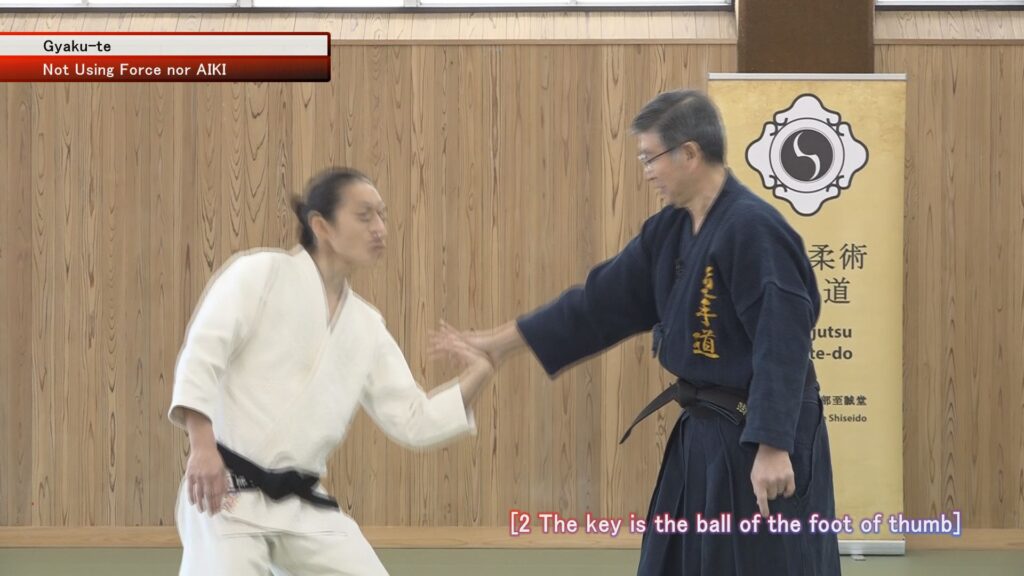
When you move your hand, the crimp comes off from the lower part of your hand. Therefore, if you put strong consciousness onto the ball of the foot of thumb, you can move your hand while maintaining the compression to keep the crimped condition.
If you have thick ball of the foot of thumb, you can do this techniques easier. For example, the ball of the foot is thicker for those who use the palm on a daily basis, such as for massage.
3 How to Train your Ball of the Foot of Thumb
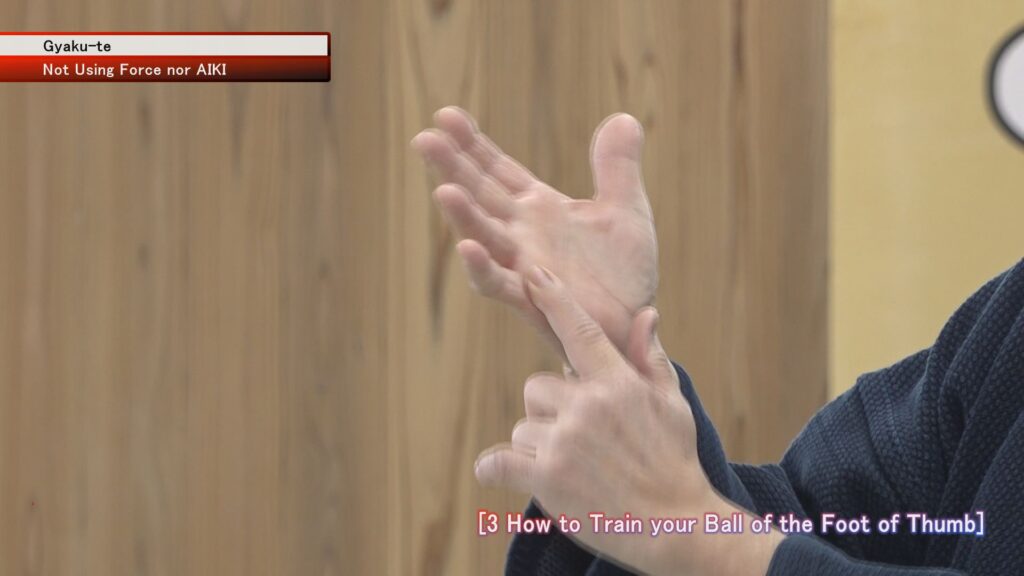
You can make your ball of the foot thicker by training.
Repeat the exercise of bringing the ball of the foot to the base of the small finger without moving the finger 30 times, 4 or 5 times daily.
After 3 months, the ball of the foot will be thick enough to make this technique. In addition, the muscles shown in the photo will develop. So you are ready.
Summary of Lesson 12
Once you can move your hand in the crimped condition, you will be able to do Gyaku-te techniques without difficulty with unbelievably a little force.
However, this technique does not use the consciousness, it is a technique that can be done only with the tips of physical movement, so it is not an AIKI technique by my definition.
Learn AIKI by a Combination of
Videos and Articles!!
» At the starting of AIKI Web Course
with Videos and Free Articles
AIKI Web Course Part 2 24 Lessons
-
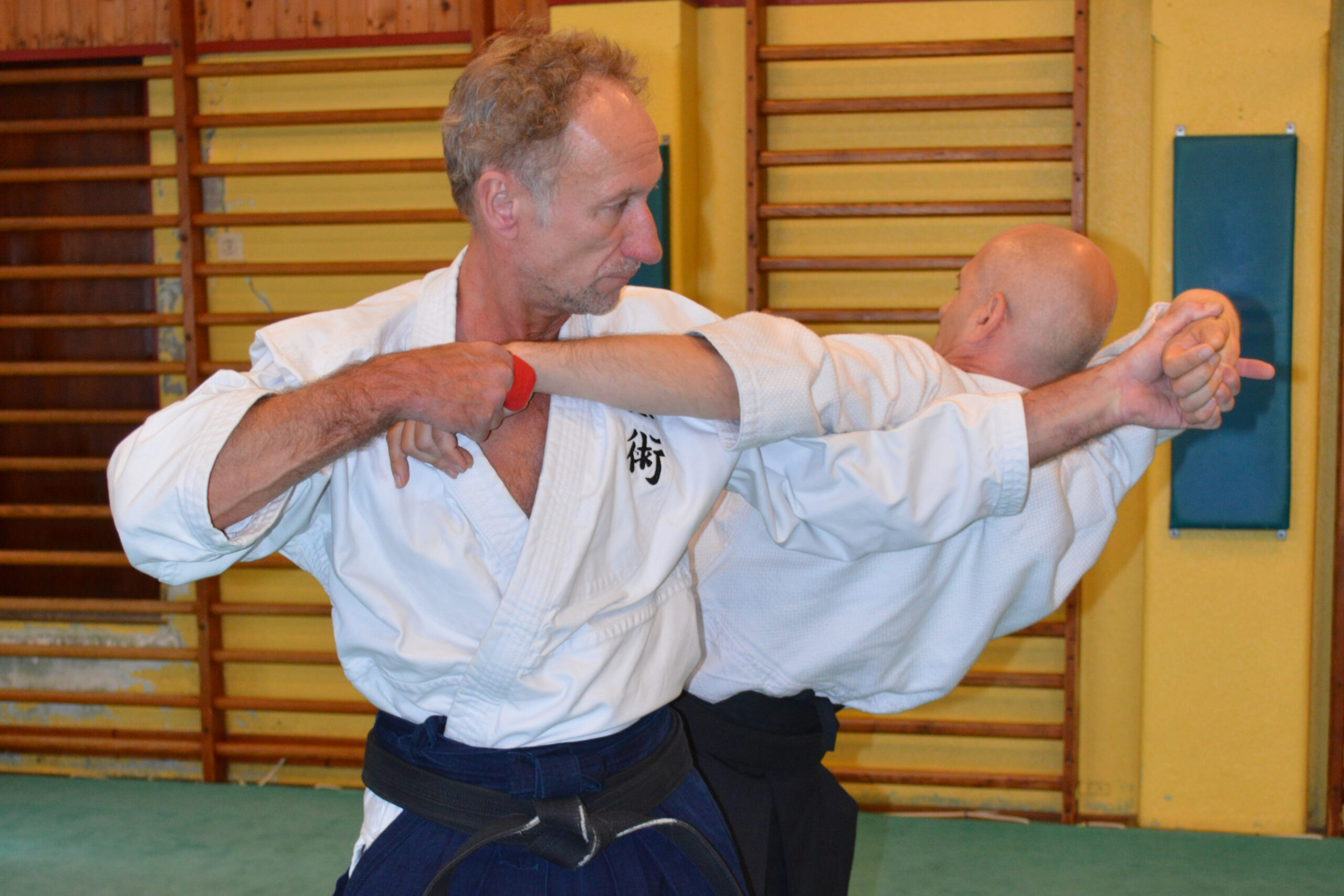
【AIKI JUJUTSU GYAKUTE-DO Series No.5】How you can learn Jujutsu properly
-
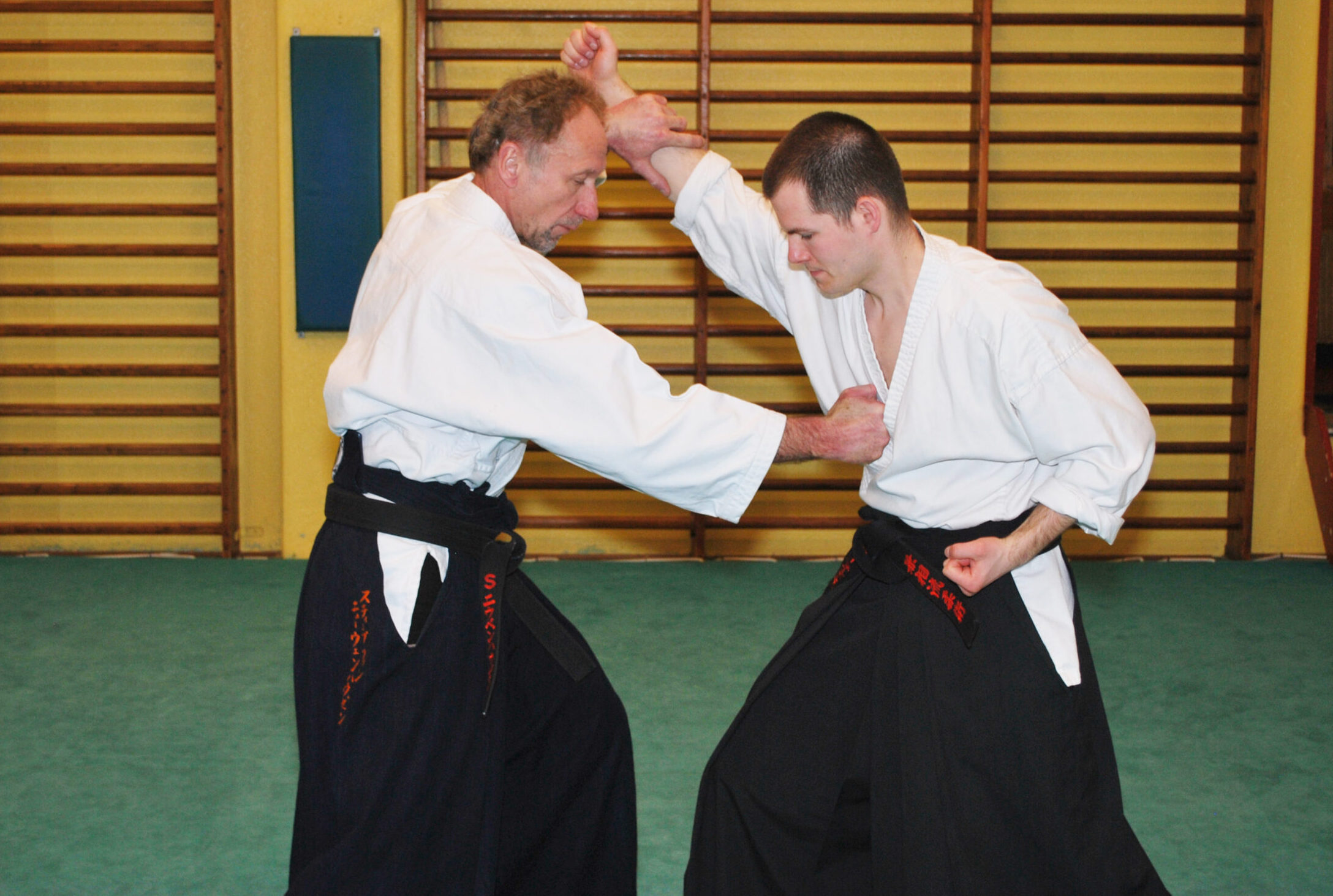
【AIKI JUJUTSU GYAKUTE-DO Series No.4】DAKEN-HO Hit and Kick KATA and AIKI
-
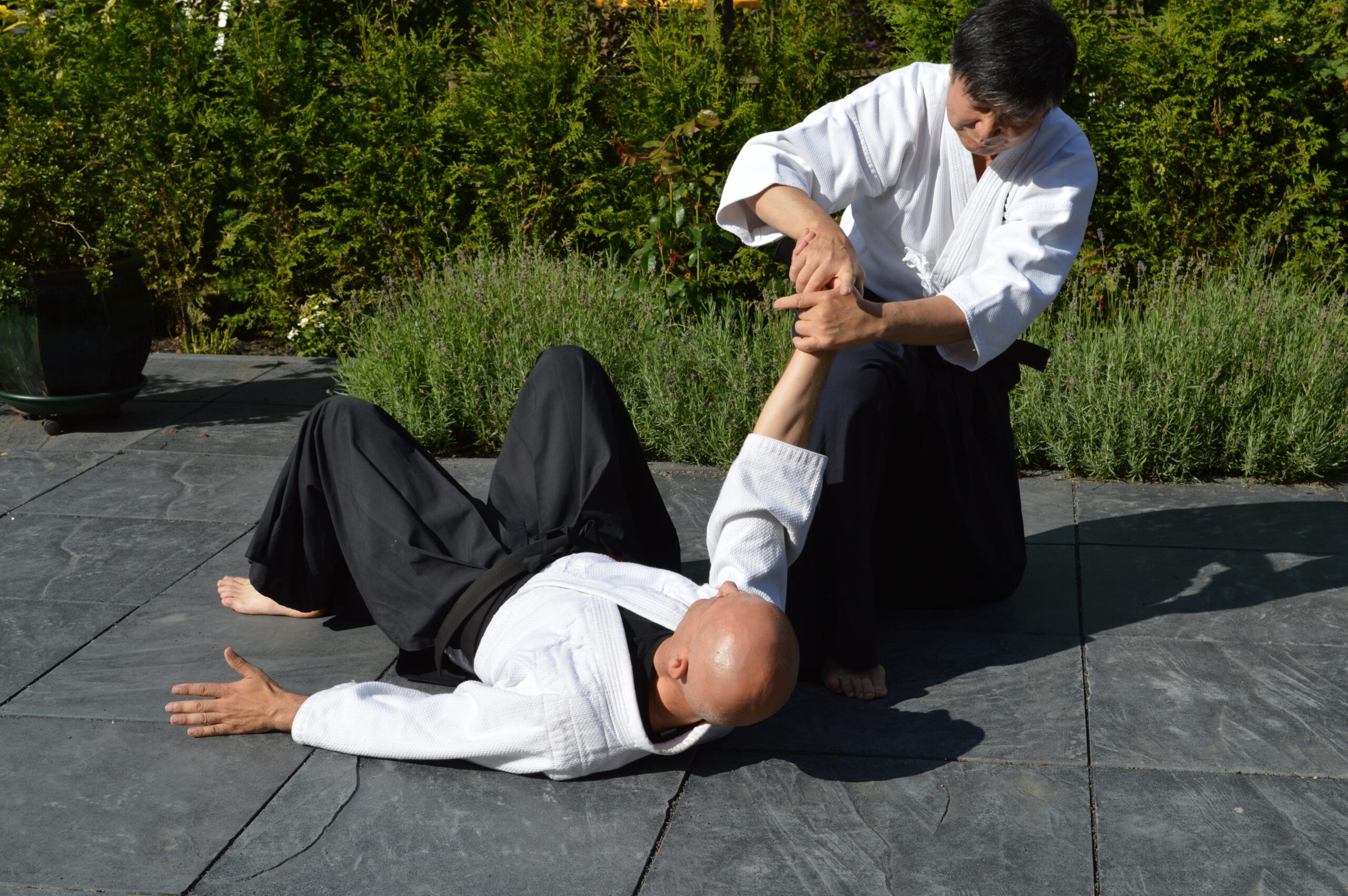
【AIKI JUJUTSU GYAKUTE-DO Series No.3】JUJUTSU WAZA, digest of FUDO
-
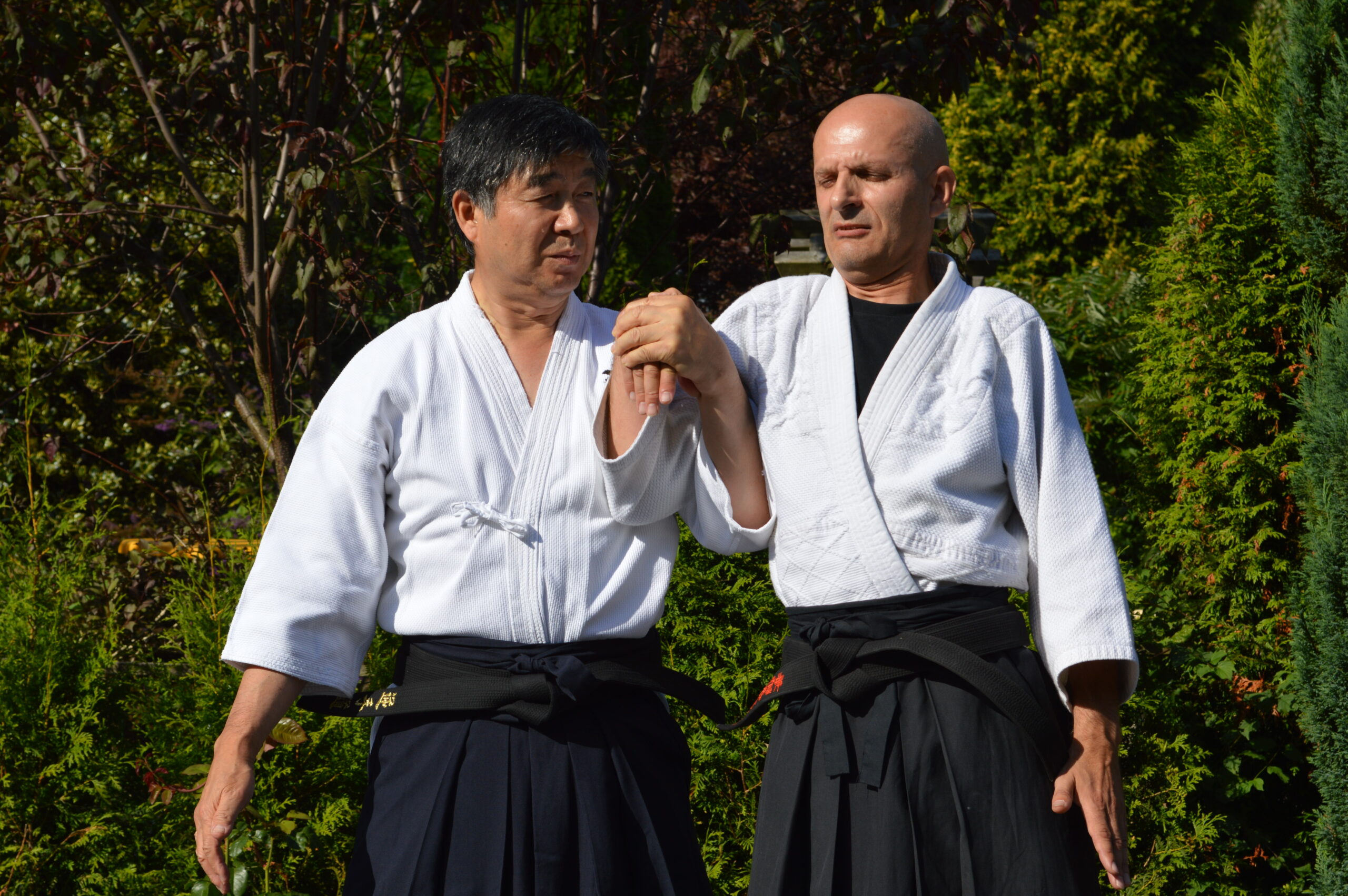
【AIKI JUJUTSU GYAKUTE-DO Series No.2】JUJUTSU WAZA, digest of NUKI, RENKO and NAGE
-
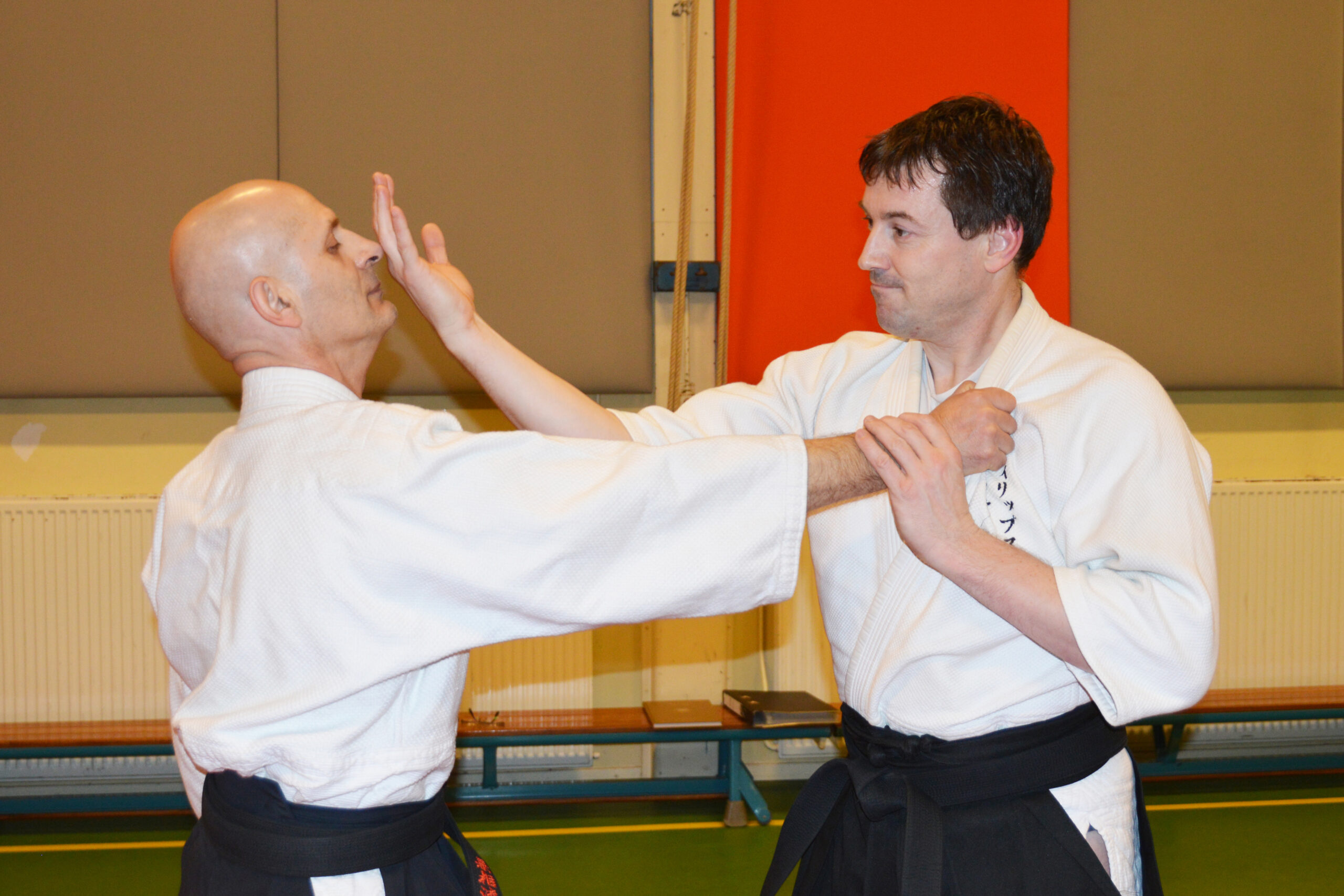
【AIKI JUJUTSU GYAKUTE-DO Series No.1】About GYAKUTE-DO and the digest of its basic techniques
-
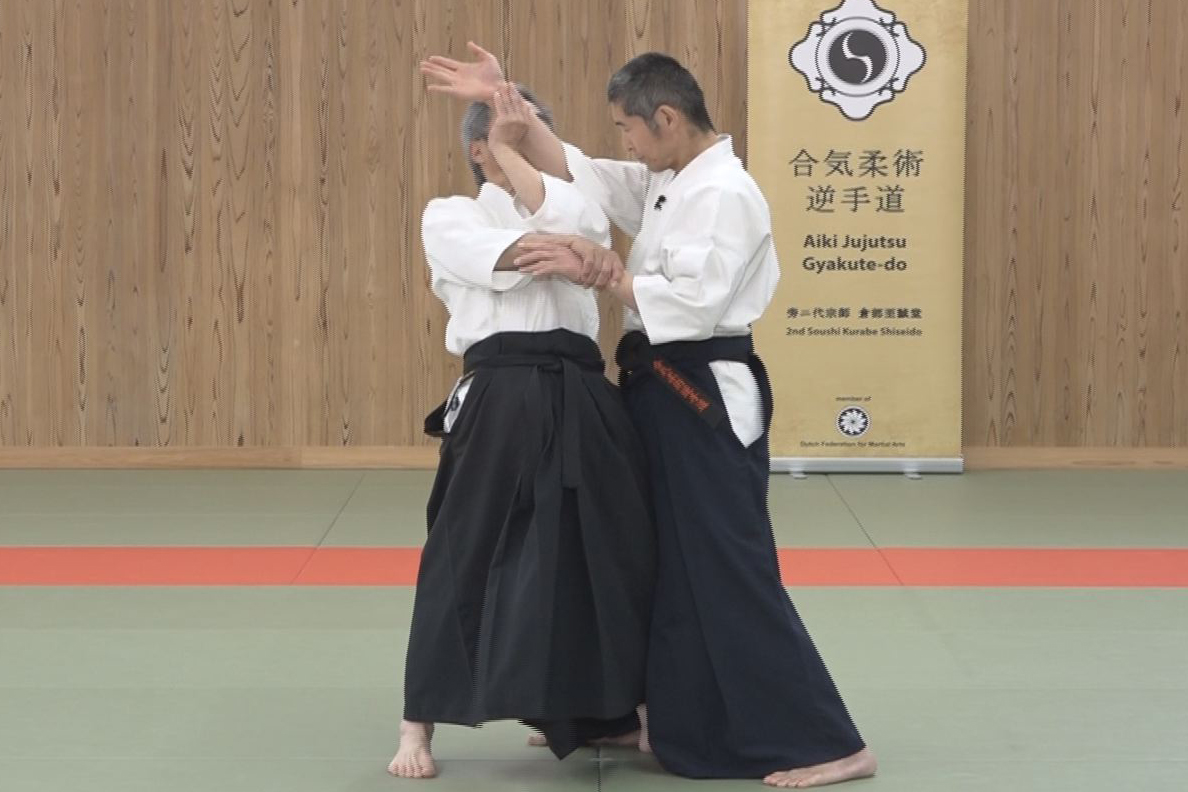
Lesson 24 With Comb. of Different Methods #2
-
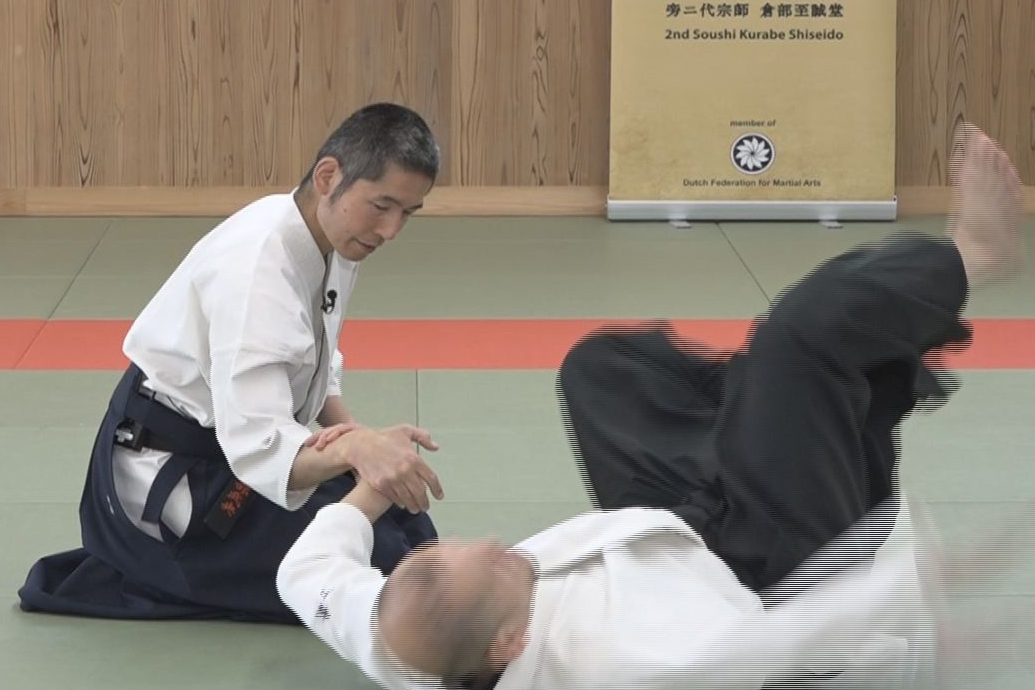
Lesson 23 With Comb. of Different Methods #1
-

Lesson 22 Advanced Tech. using F. E. method #2
-

Lesson 21 Advanced Tech. using F. E. method #1
-
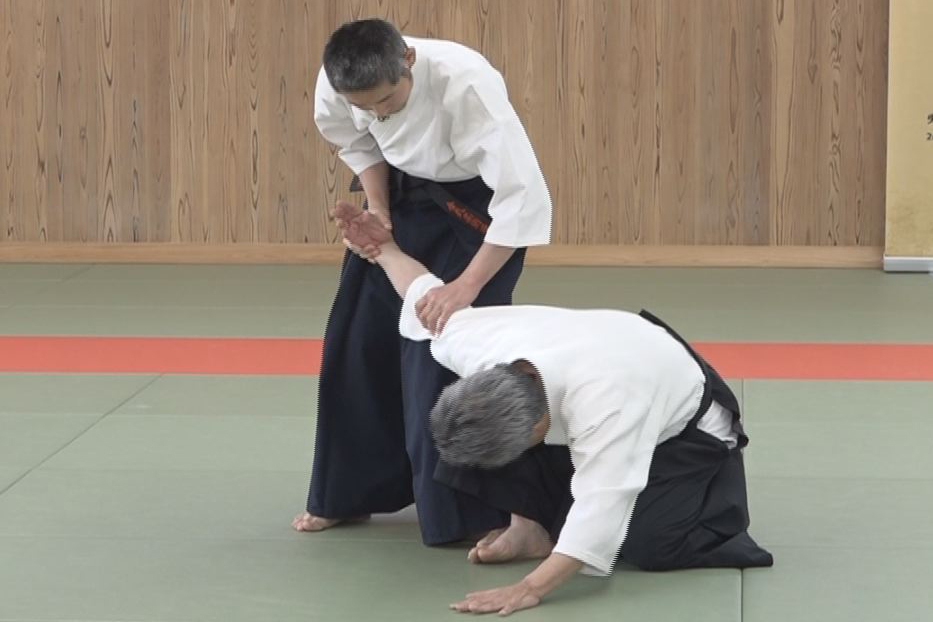
Lesson 20 Advanced tech. using T. F. T. #2
-
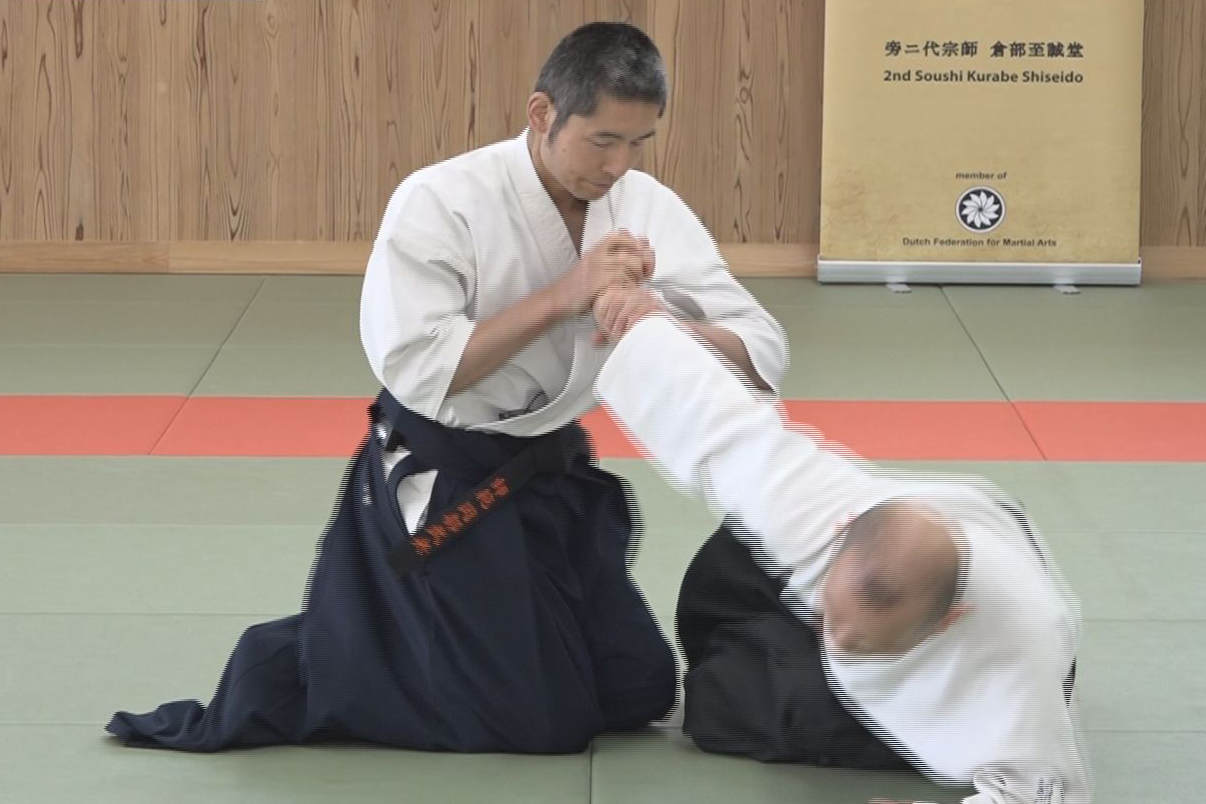
Lesson 19 Advanced tech. using T. F. T. #1
-
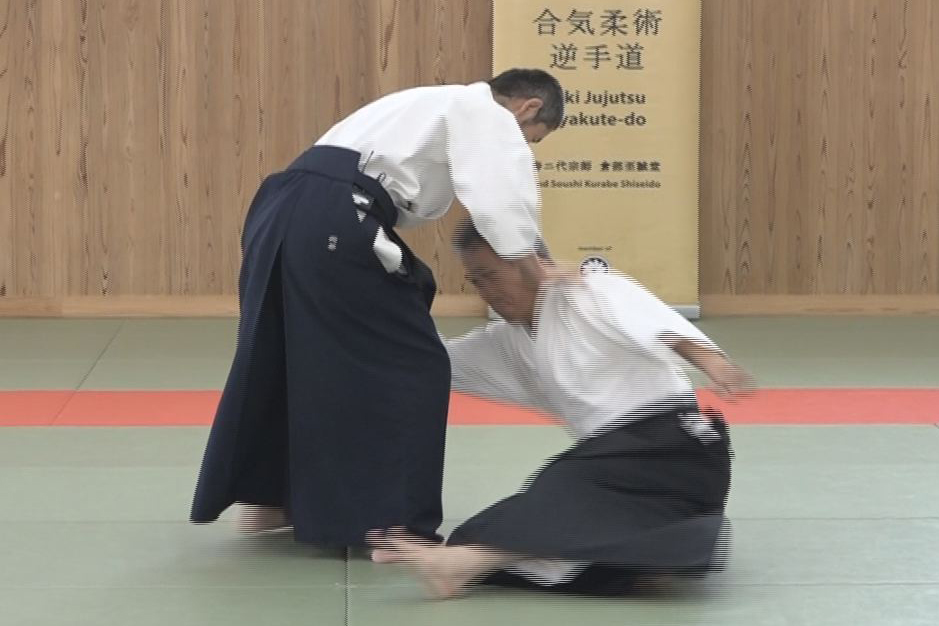
Lesson 18 Advanced tech. using AIKI Contact #2
-
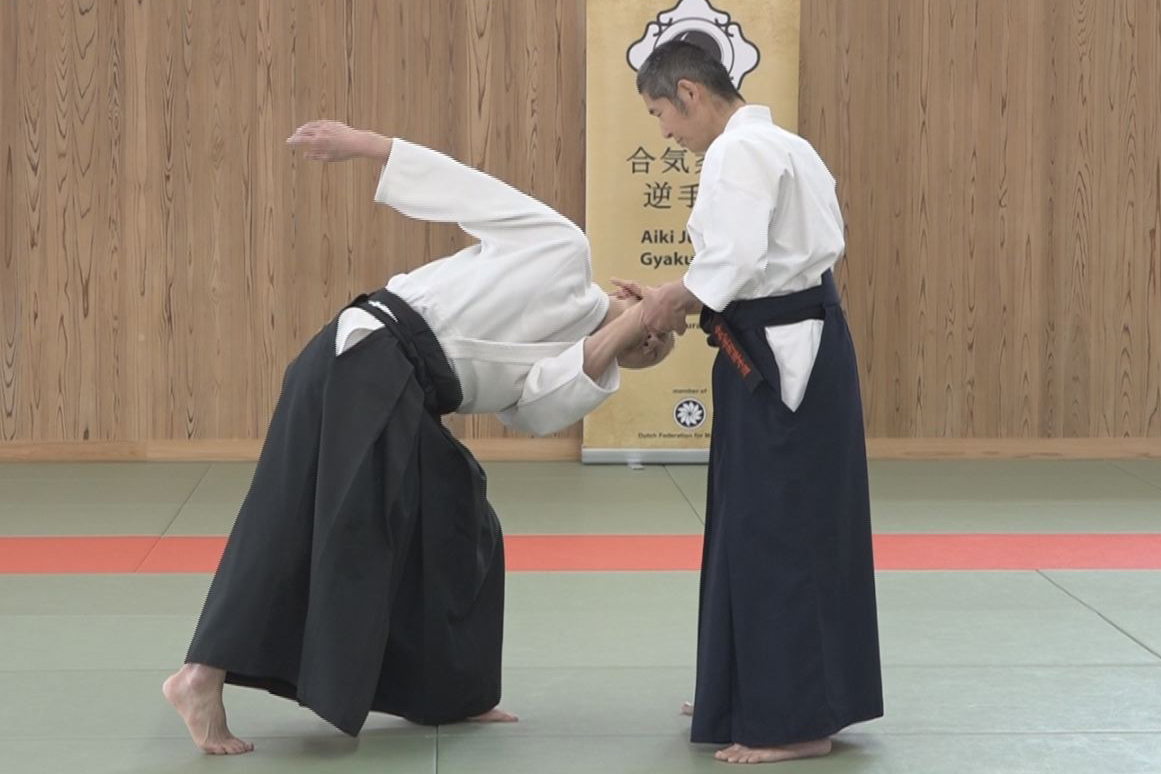
Lesson 17 Advanced tech. using AIKI Contact #1
-
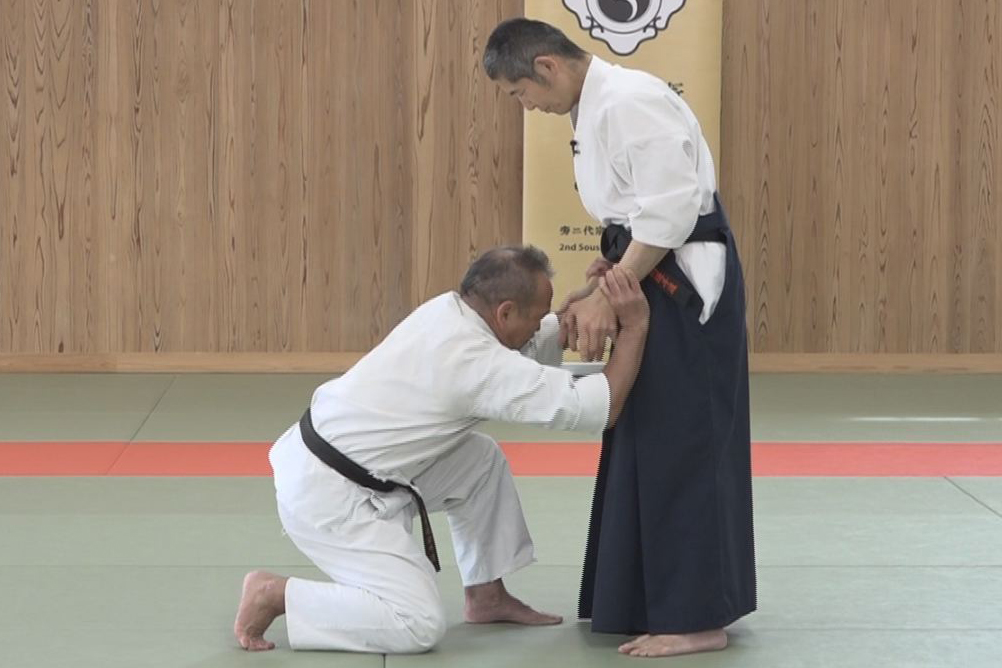
Lesson 16 Advanced tech. by Undetectable F.T. #2
-
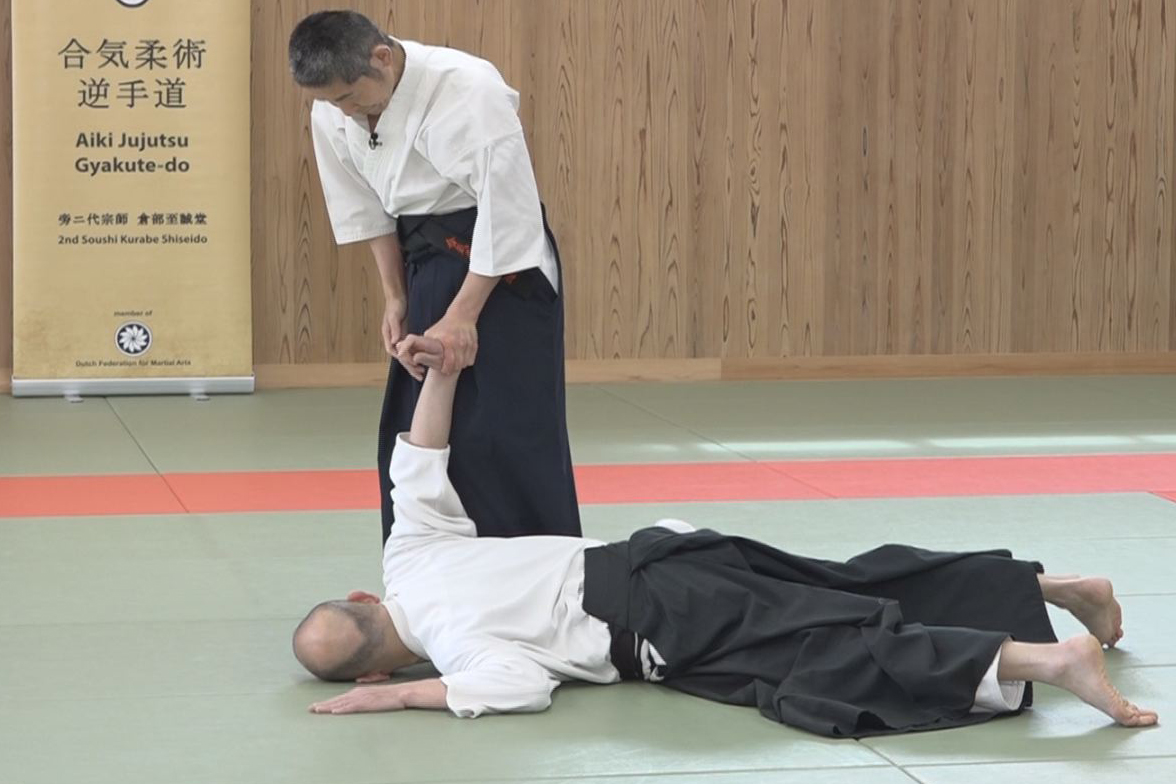
Lesson 15 - Advanced tech. by Undetectable F. T. #1
-
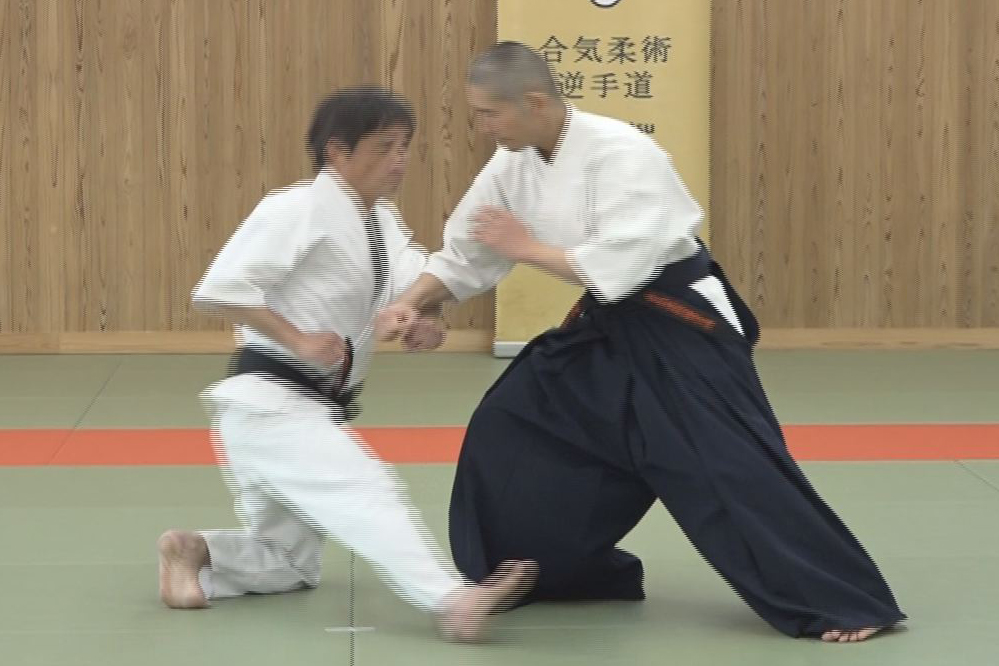
Lesson 14 - Advanced tech. by the Waving method #2
-
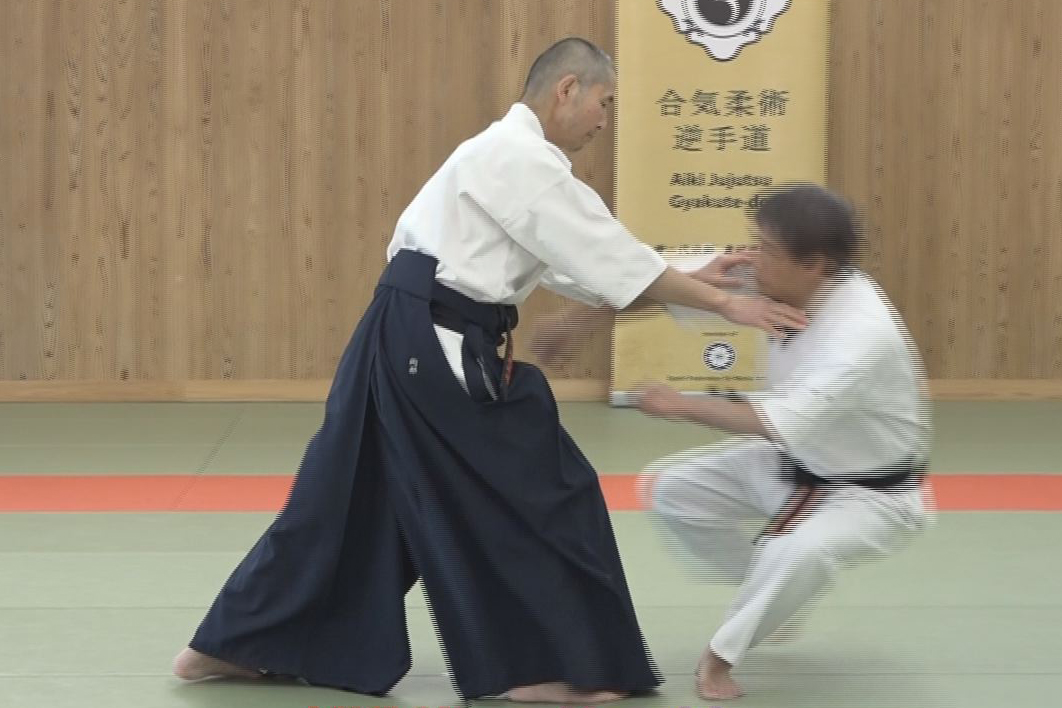
Lesson 13 - Advanced tech. by the Waving method #1
-
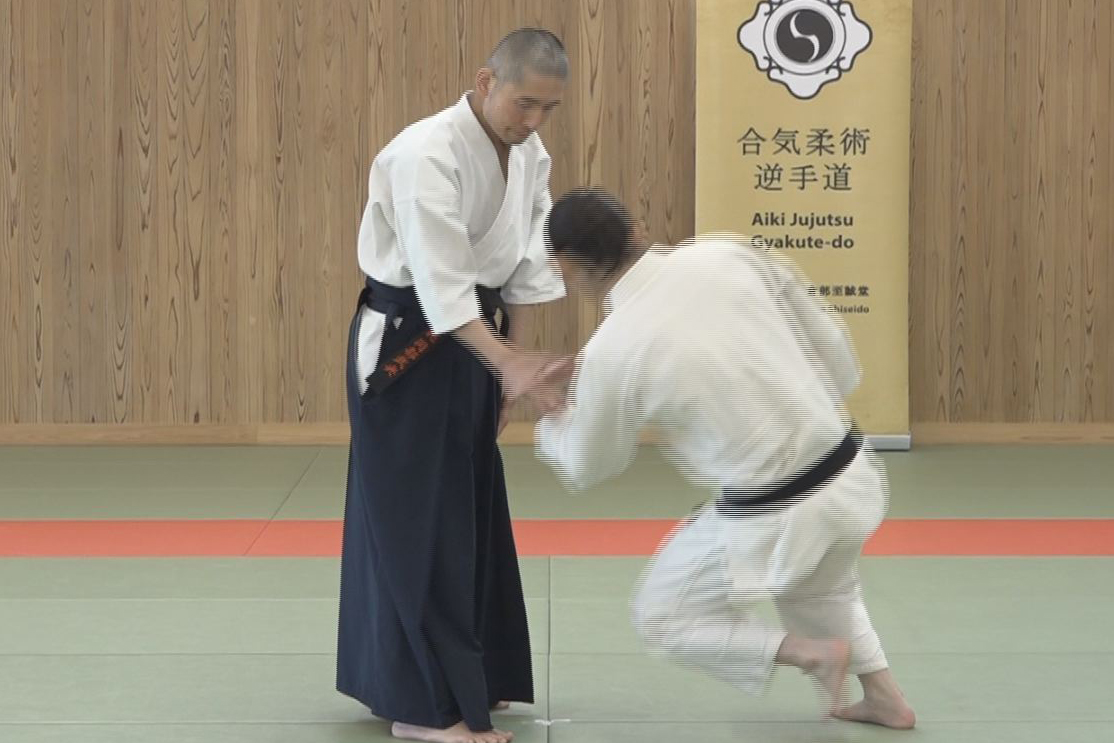
Lesson 12 - Gyaku-te by not Using Force nor AIKI
-
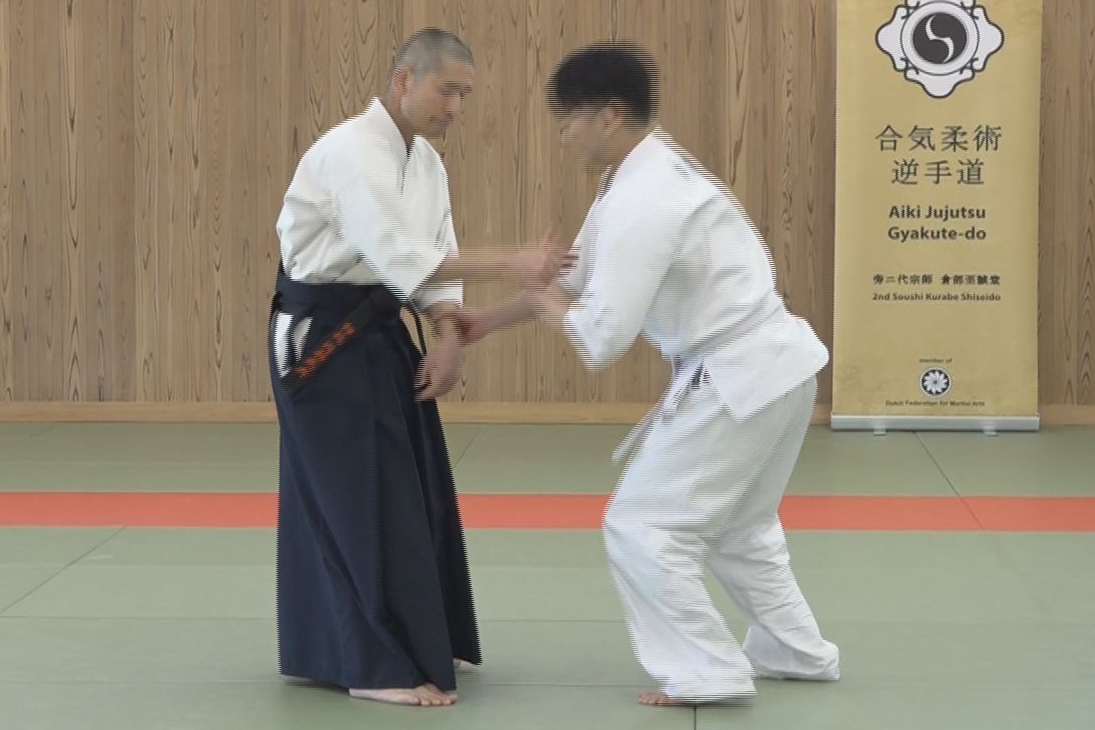
Lesson 11 - Gyaku-te Realized by the AIKI Method
-
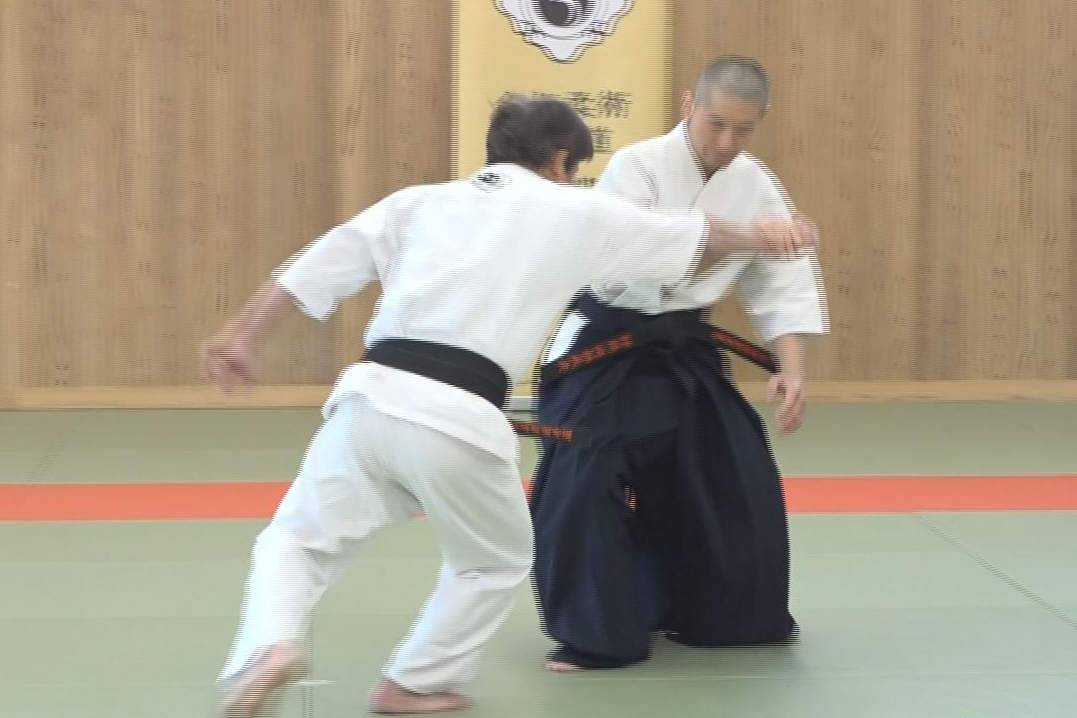
Lesson 10 - Application of Force Equilibrium method
-
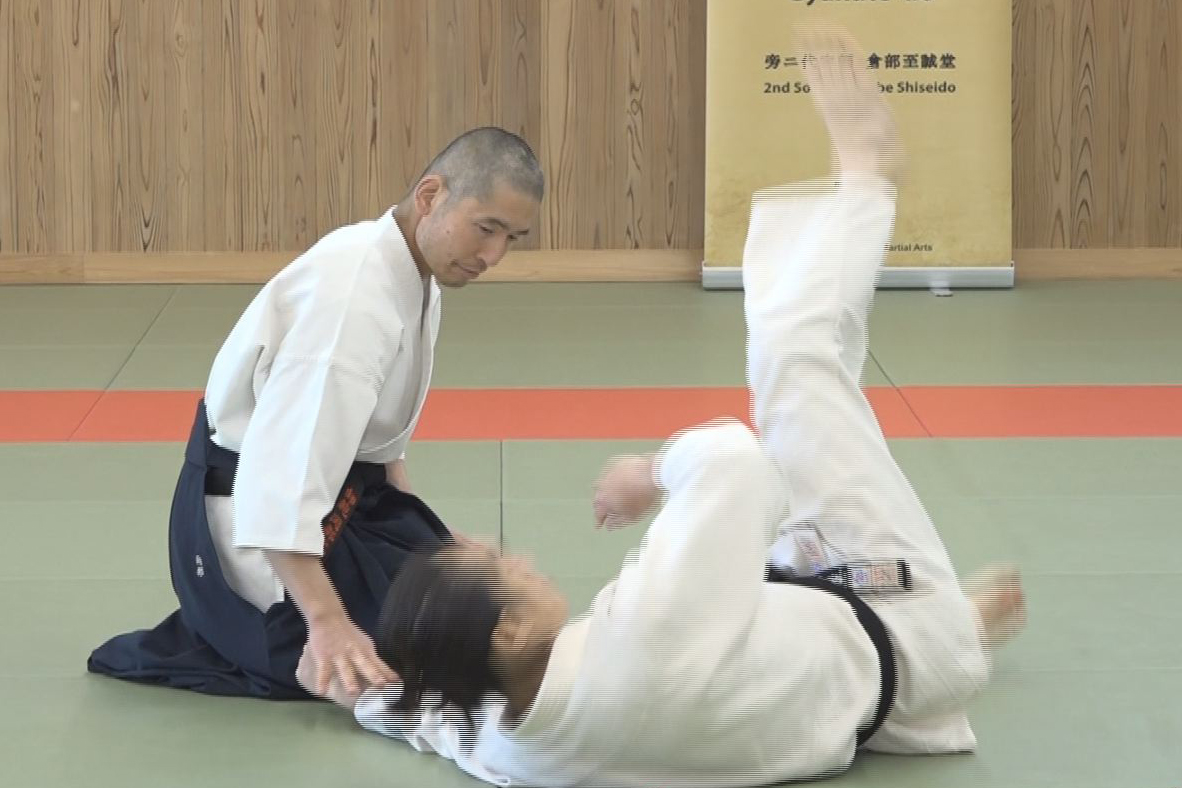
Lesson 9 - Force Equilibrium
-
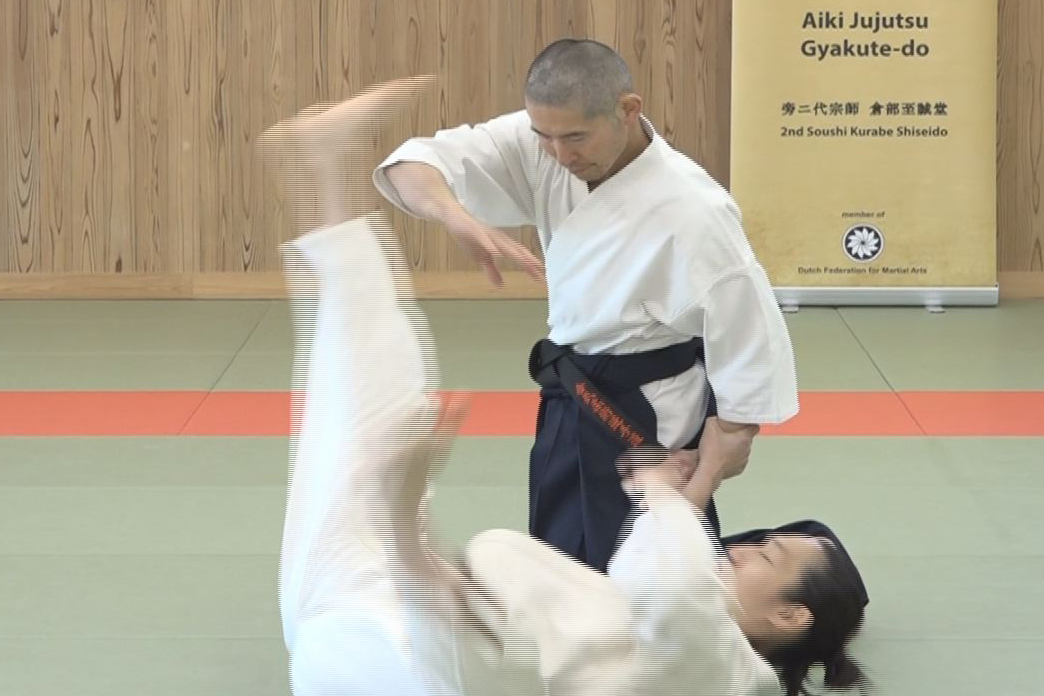
Lesson 8 - Application of Targeted Force Transfer
-
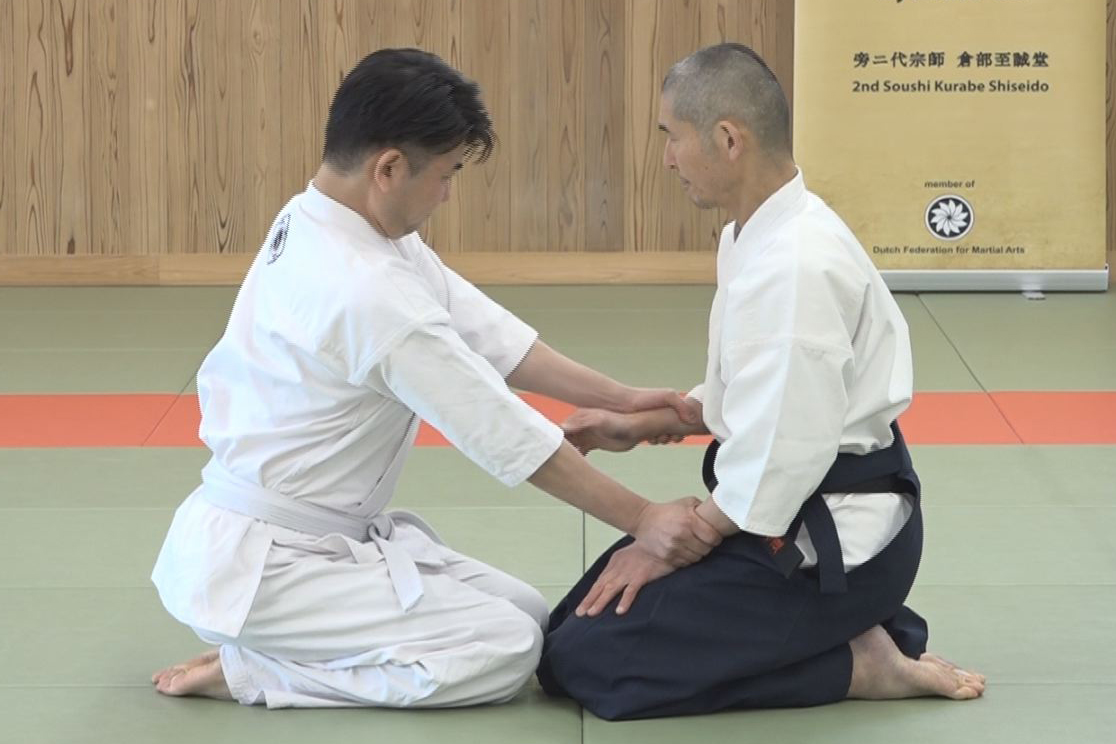
Lesson 7 - Targeted Force Transfer
-
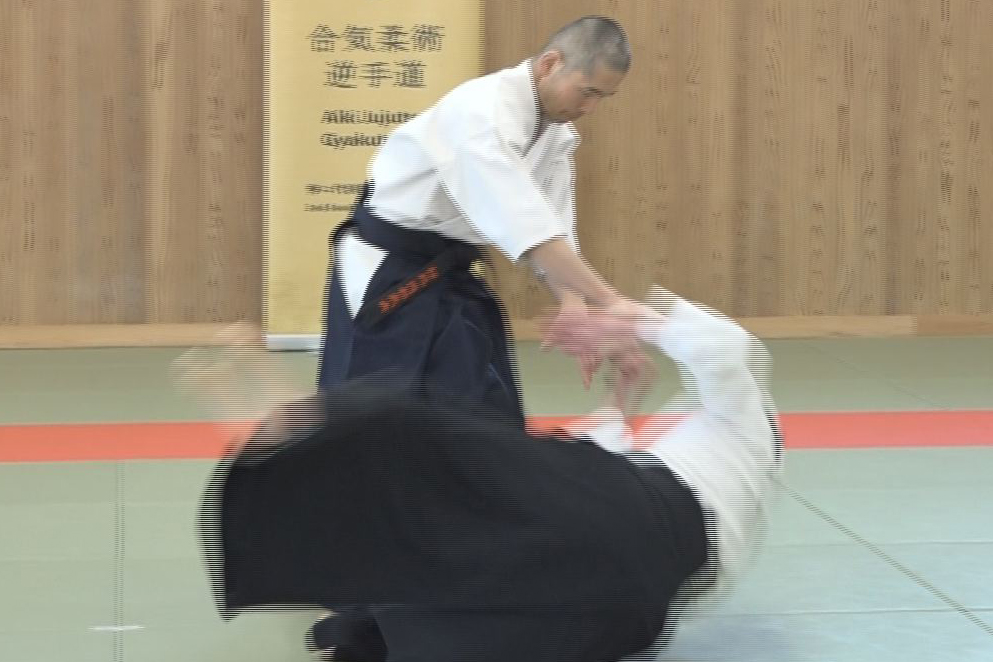
Lesson 6 - Application of AIKI Connection
-
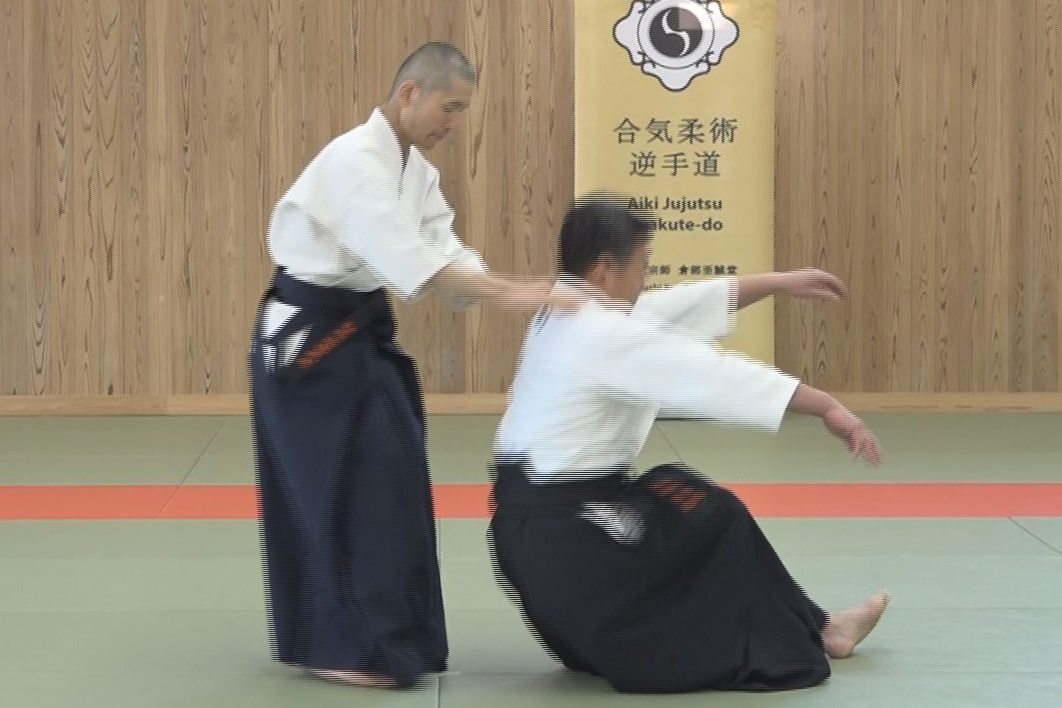
Lesson 5 - AIKI Connection
-
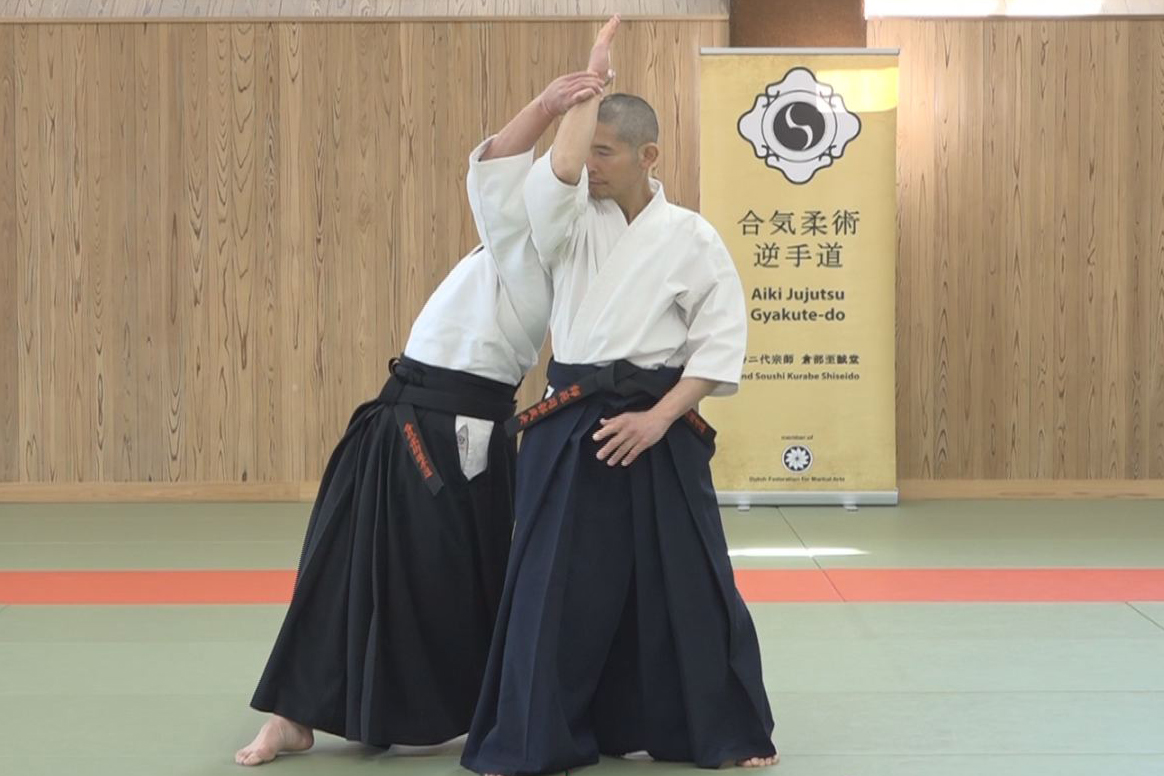
Lesson 4 - Application of Nondetectable Force Transfer
-
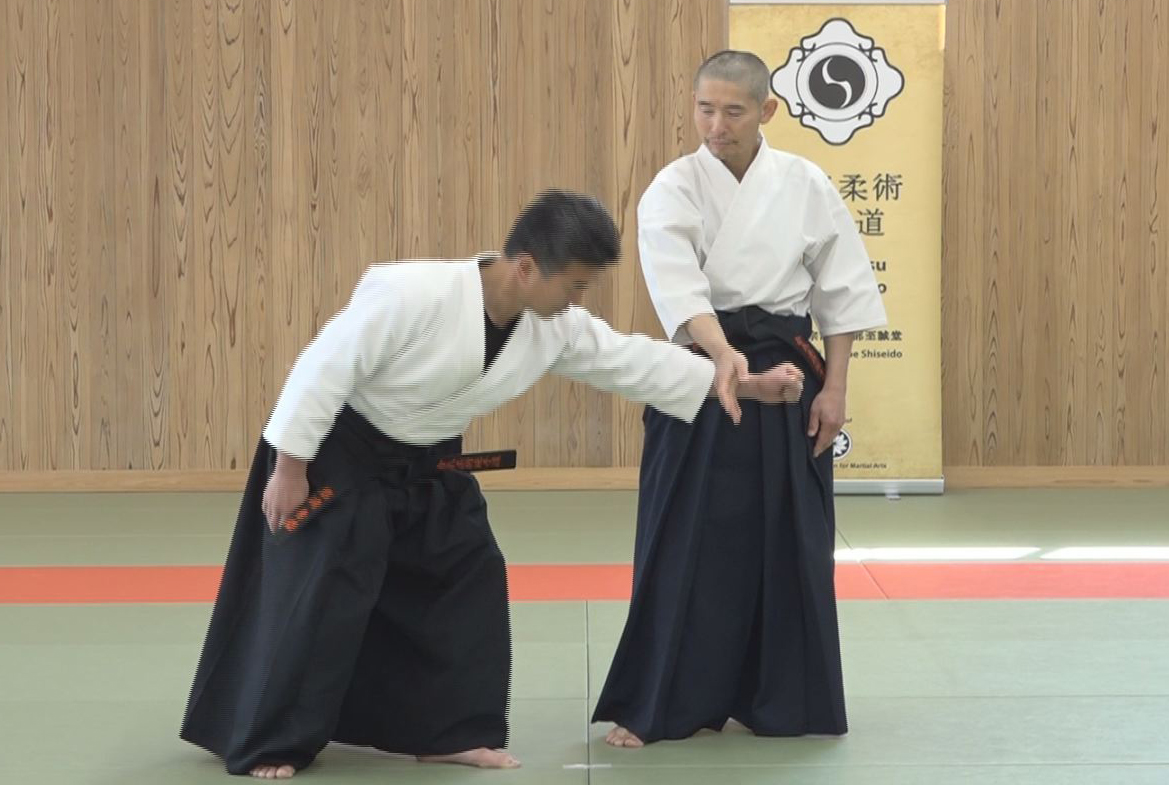
Lesson 3 - Explanation of Undetectable Force Transfer
-
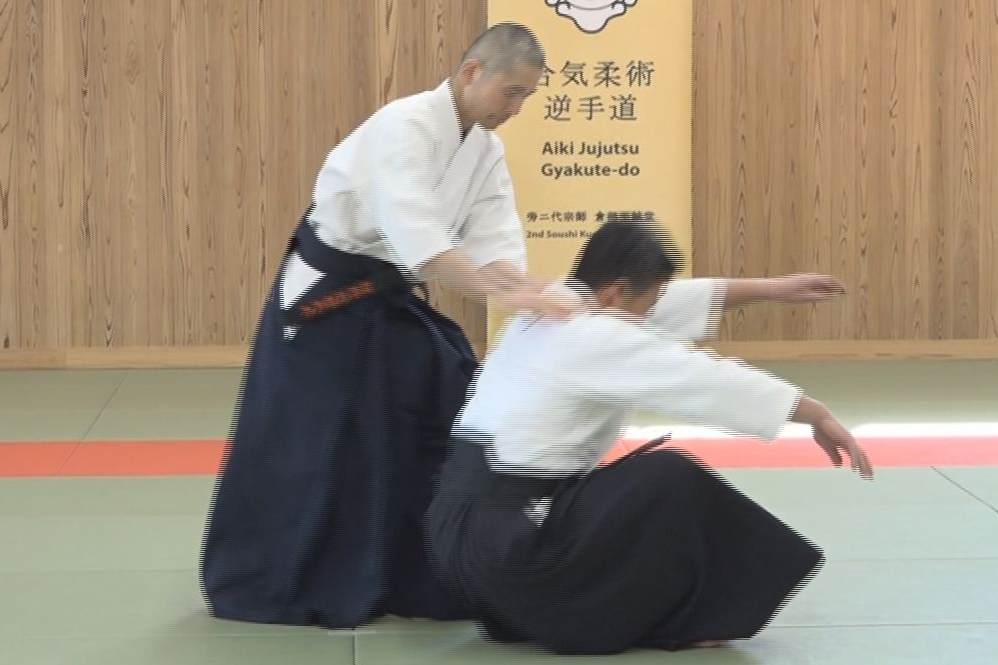
Lesson 2 - Application of Waving Method
-
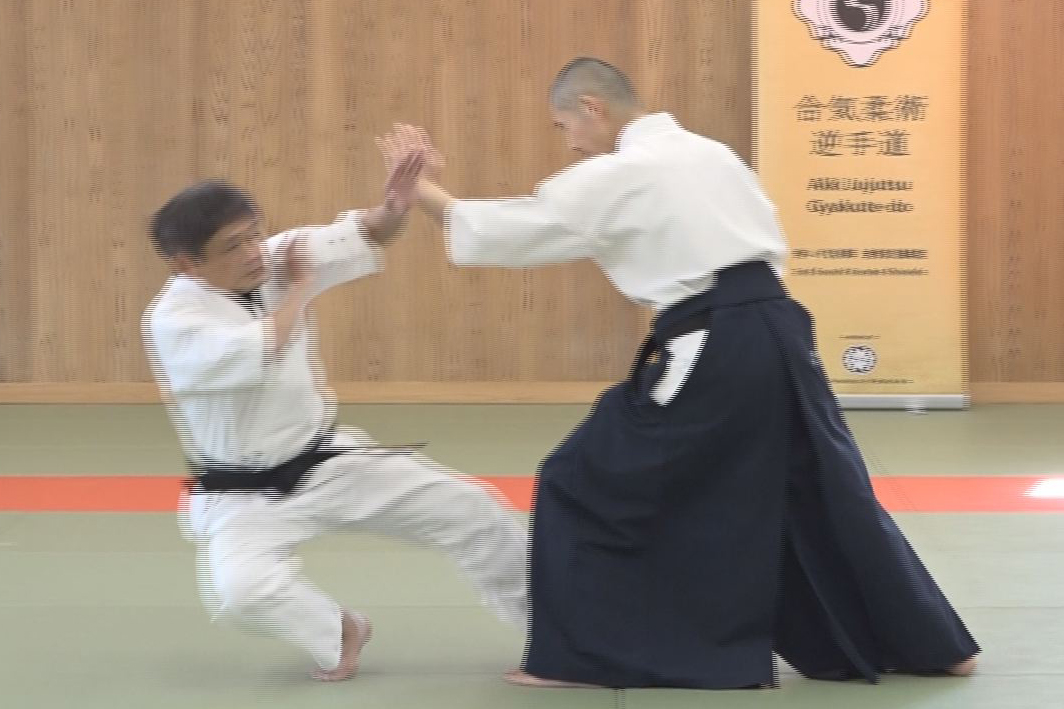
Lesson 1 - The Explanation of Waving Method
-
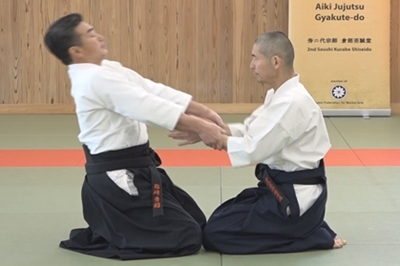
Introduction with video
and Knowledge of AIKI


